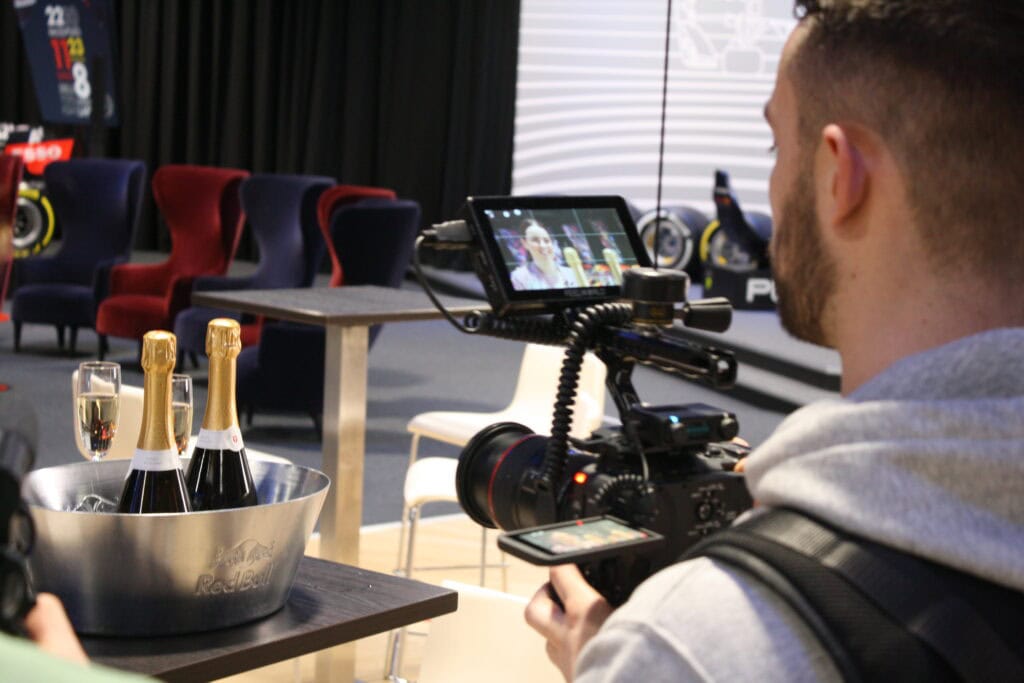
digital learning with feeling: what is learner-centric design?
In today’s digital age, e-learning has become an increasingly popular mode of learning for individuals and organisations worldwide. However, not all digital learning platforms and tools are created equal. A one-size-fits-all approach to learning can lead to low engagement, retention rates, and poor learning outcomes. To combat these issues, organisations must turn to learner-centric design. This is an approach that puts the learner at the centre of the learning experience, with a focus on connecting with them on an emotional level – rather than an off-the-shelf solution that can often reduce engagement and productivity rates. Here’s your break down of what actually goes into learner-centric design.







